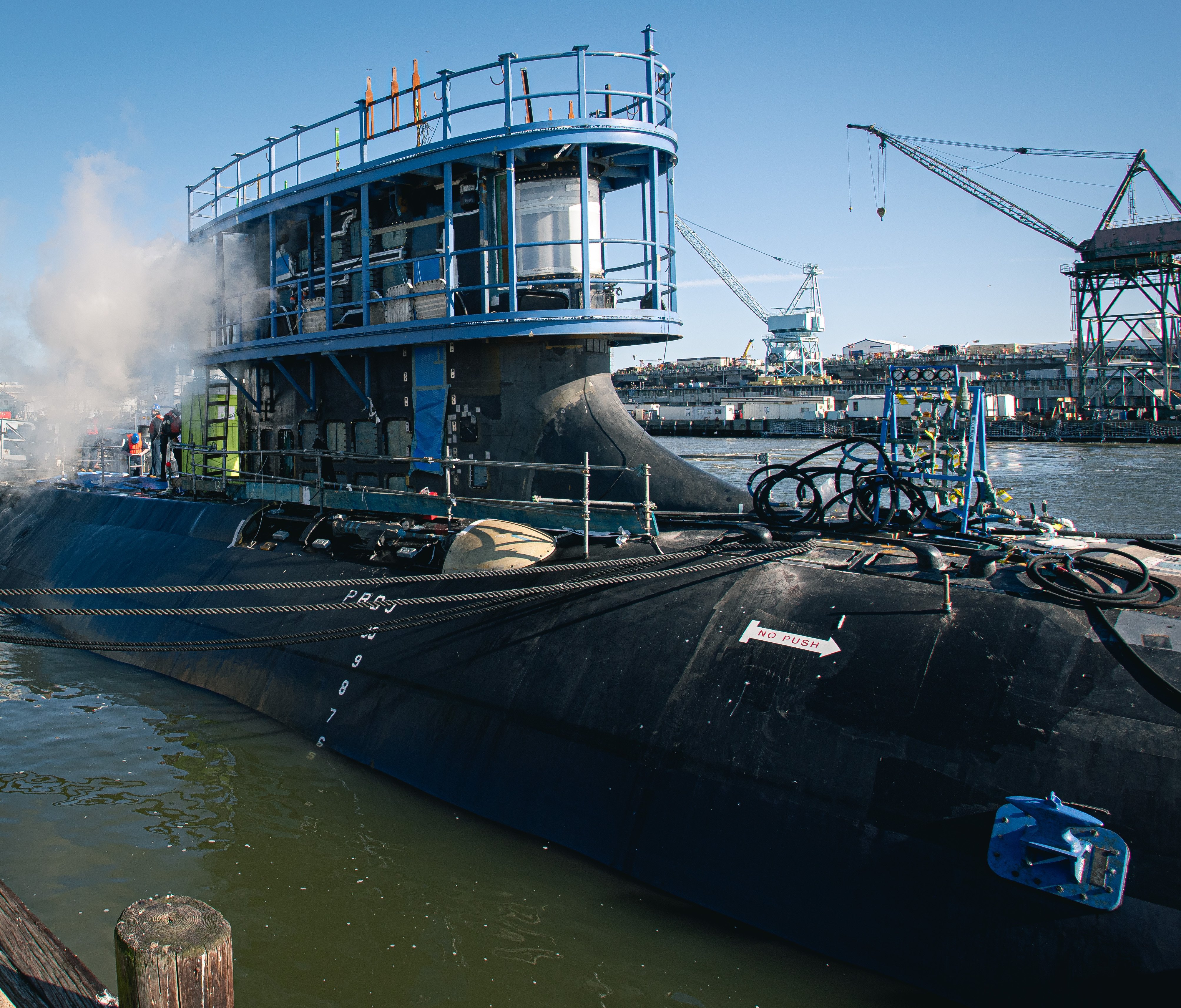
Jay Stefany to Lead Navy’s New Maritime Industrial Base Program Office
The Navy is standing up a new maritime industrial base program office and has tapped one of its career civil servants to take the helm.…

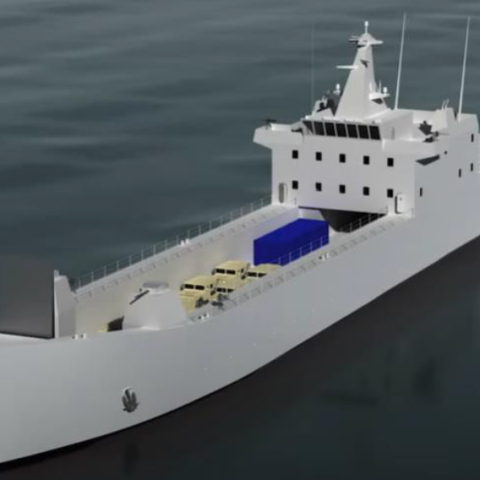
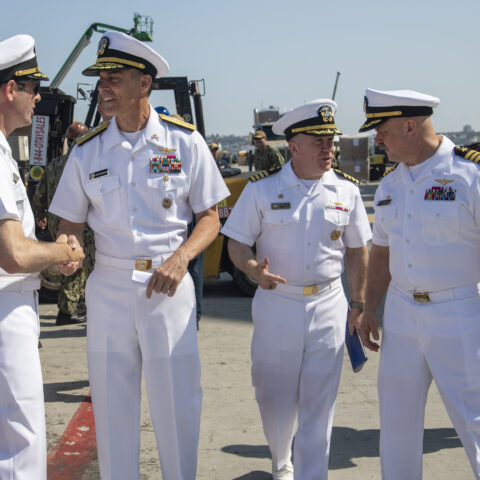
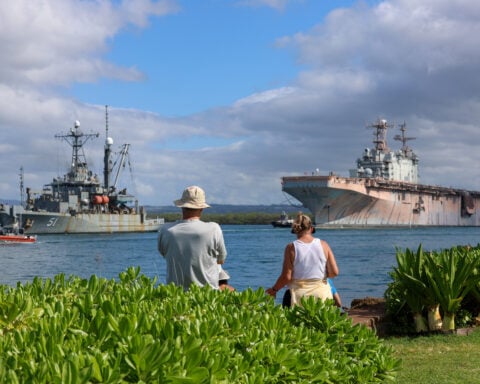
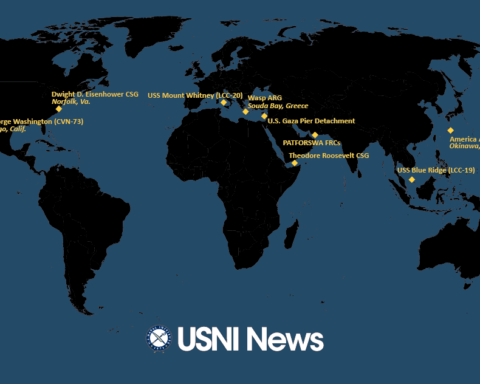
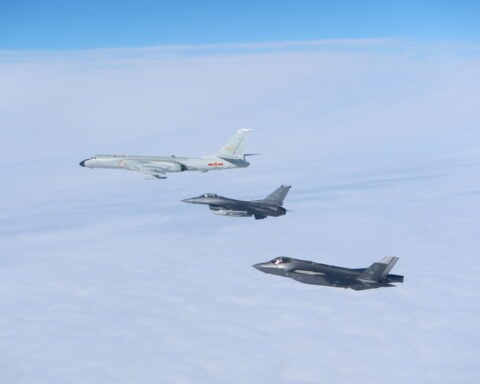
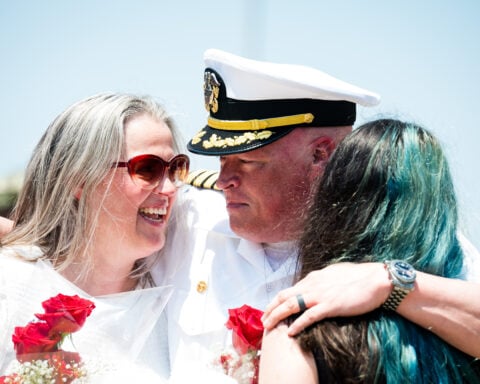
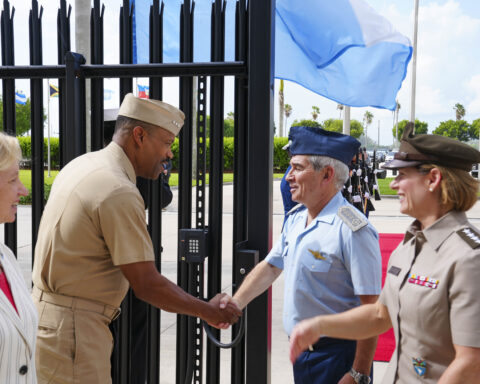



Your voice matters. Join generations of thought leaders—by contributing to the open forum of the Sea Services.
Copyright 2024 U.S. Naval Institute. All Rights Reserved.
